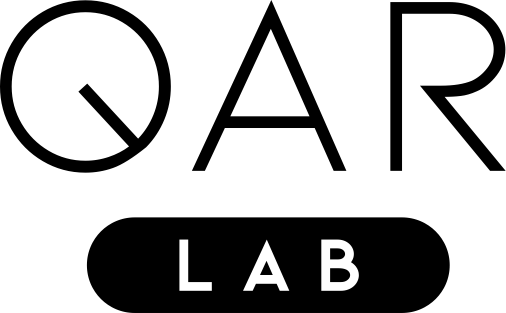Evaluating Parameter-Based Training Performance of Neural Networks and Variational Quantum Circuits
Abstract:
In recent years, neural networks (NN) have played a central role in significant advancements in the field of machine learning. The increasing complexity of machine learning tasks leads to NNs with a growing number of trainable parameters, resulting in high computational and energy demands. Variational quantum circuits (VQC) are a promising alternative. They leverage quantum mechanics to model complex relationships and tend to require fewer trainable parameters compared to NNs. In this work, we evaluate and compare the training performance of NNs and VQCs on simple supervised learning and reinforcement learning tasks, considering multiple models with varying numbers of parameters. The experiments with VQCs are conducted using a simulator. To approximate how long training the VQCs would take using currently available real quantum hardware, selected parts of the training process are executed using a real quantum computer. Our results confirm that VQCs can achieve performance comparable to NNs while requiring significantly fewer parameters. Despite longer training times, our findings suggest that VQCs could be advantageous for certain machine learning tasks, particularly as quantum technology continues to rapidly advance, algorithms are optimized, and VQC architectures are improved.
Author:
Alexander Feist
Advisors:
Michael Kölle, Jonas Stein, Claudia Linnhoff-Popien
Student Thesis | Published January 2025 | Copyright © QAR-Lab
Direct Inquiries to this work to the Advisors

